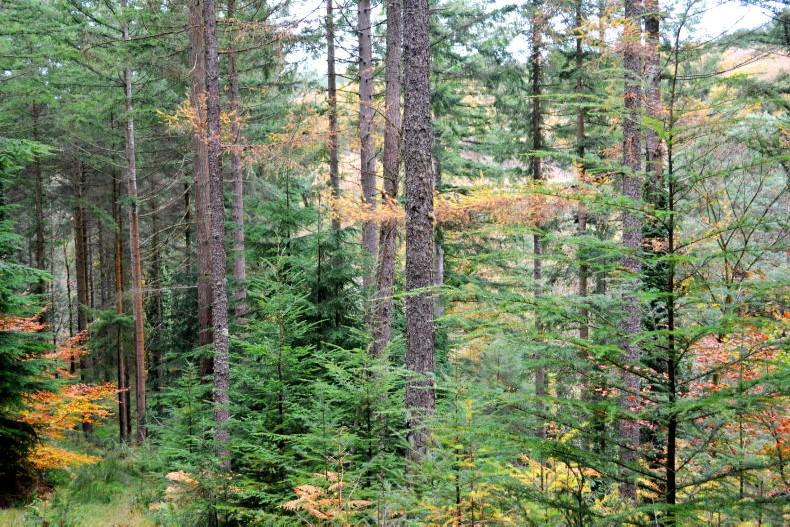In last week’s Irish Farmers Journal, Donal Magner reviewed the forestry policies of the various parties running for election. Not surprisingly, there were differences in the approach to premium payments and species that would qualify for them.
What was surprising was that no party mentioned one of the key stumbling blocks that has emerged in every survey of farmer attitudes to forestry - the obligation that once land is forested, it has to stay in forestry permanently.
This is a legally enforceable provision and one that professional foresters feel strongly about and have continuously advised that the policy should continue.
That is all well and good except that we have to be guided by the facts and the facts show very clearly that the present policy is not working.
The best estimate of the amount of land planted in 2023 is 1,600 ha compared with a target of 8,000 ha. The peak year for Government expenditure on forestry was as far back as 2006.
The logjams that existed in the granting of licenses for planting and harvesting have been largely overcome by the Department of Agriculture though the level of form filling is still daunting for many, though there is plenty of professional help available.
All of this progress doesn’t get over the permanent change of land use provision.
Part of farmers’ reluctance to consider the forestry route has been that the demand for land is now coming from all kinds of new areas.
The new energy uses such as windmill, solar and biomethane are three obvious examples, but there is also extra land demand coming from a need for some to extensify their production to meet nitrate or other environmental regulations if they wish to maintain current levels of output.
We are also likely to see extra payments to encourage some stock to be kept in upland areas to encourage rural vitality as well as biodiversity.
Overriding all of this is a significant increase in the national population. In these circumstances, it’s not surprising that farmers want to maintain their families’ flexibility in how land might be best used in future years.
At current levels of planting and inevitable future levels of harvesting, the forestry sector will become a contributor of carbon to the atmosphere rather than sequestering it as is assumed in the climate mitigation plans.






 This is a subscriber-only article
This is a subscriber-only article










SHARING OPTIONS: